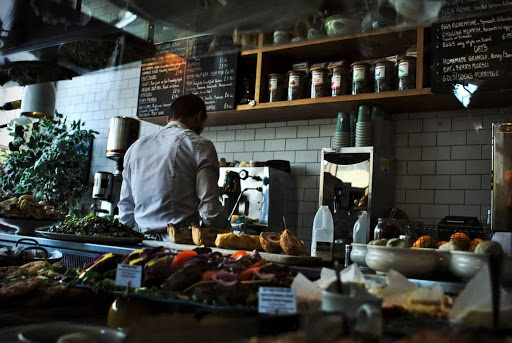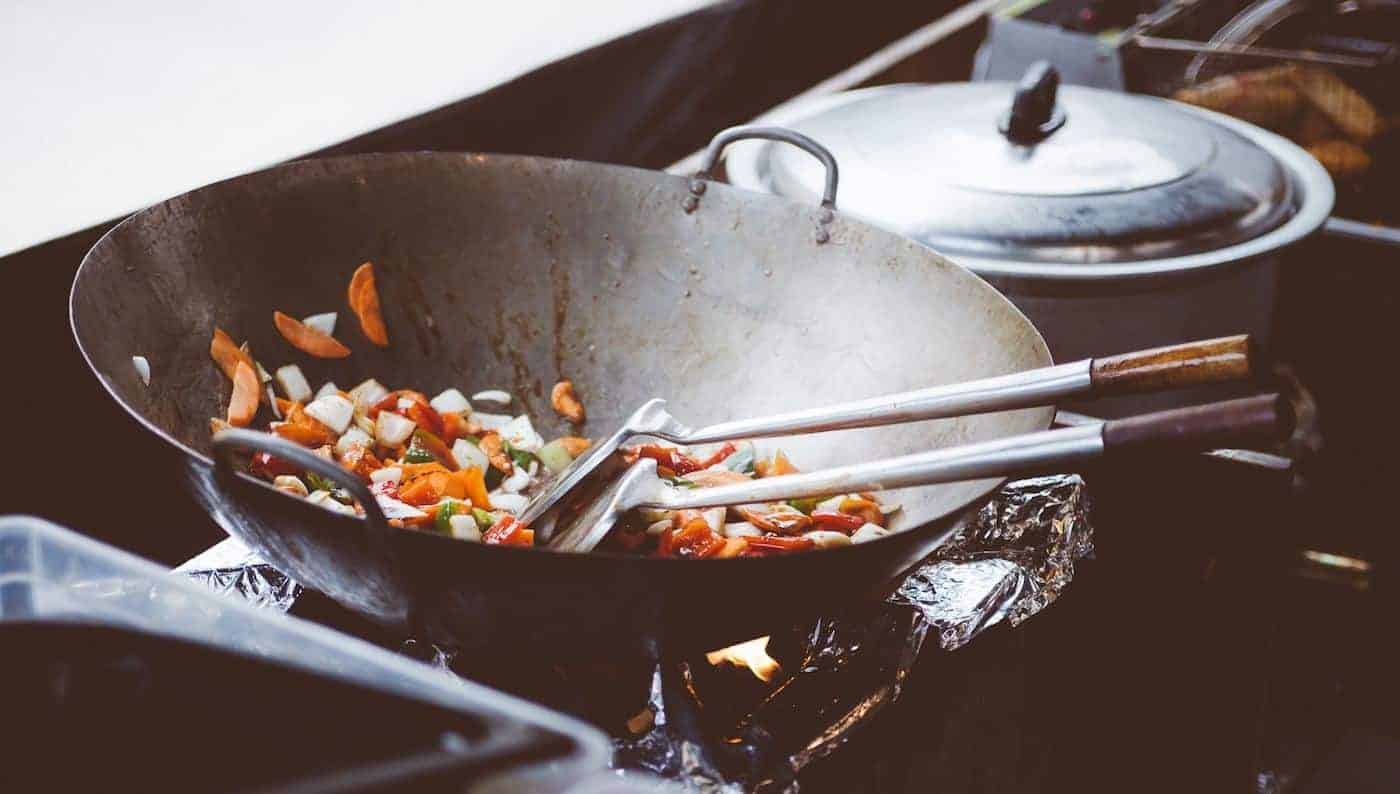
Food waste is a huge problem for hospitality businesses all over the world. But with a little bit of planning, and the right software, you can be part of the solution instead of the problem.
The issue of food waste is one of the civilised world’s greatest sins. Nearly one third of all the food produced for human consumption around the globe – 1.3 billion tonnes of the stuff – gets wasted every year, and as our population numbers grow, so will our waste.
Australia is no different in this regard, with the average Aussie wasting 298kg of food each year (equating to over $10 billion of waste), making Australia the fourth highest food wasting country in the world.
The numbers get worse in the commercial kitchens: Australian hospitality businesses waste food at double that rate, with at least 40% of food bought for inventory never even making it past the back of the house.
Wasted food is wasted money, and it doesn’t do the environment any favours
Every single food item you chuck in the bin, whether it’s gone bad or was incorrectly made, is money you’ve spent that you can’t get back. It directly impacts your bottom line, and contributes to greenhouse gas emission to a significant level – with food waste being responsible for 6% of global greenhouse gas emissions.
In the long term, as the impact of food waste on the environment grows, it will become more expensive to manage, and that cost will trickle down to the businesses dealing with and serving food for a living.
The issue of food wastage has gained a fair bit of attention in the last decade, with many restaurateurs becoming more proactive in trying to reduce the waste produced by their businesses.
However, it’s not just business owners changing their habits – consumers are too, with over 90% of Australians concerned about the environment and sustainability. In fact, one study found that more than half of consumers are willing to pay more for sustainable and environmentally friendly products.
The solution?
The good news for hospo business is that solutions do exist. For business owners looking to save money (and please their customers) by decreasing waste, the answer lies in operating more efficiently before the food is even purchased by the customer, and better processes to manage what you’ve bought.

Understand what you’re buying versus what you’re selling
Knowing what you’re buying is pretty easy to figure out: look at your purchase orders, and you’ll know what you’re spending and how much food you’re getting.
It gets a little more complicated, though, when you’re attempting to translate how much of that is going toward sales. You may buy cheese, for example, but you sell pizza. So how much of that cheese is going to customer orders, and how much is going to the trash?
You might be tempted to think (when you’re ordering) that you’ve bought enough cheese to make 10 pizzas. When the cheese is all gone, that means you’ve sold what you expected. But that’s not always the case. Cheese can go bad, or maybe someone accidentally dropped a bunch on the floor. It’s not reasonable to expect that everything you buy ends up in a customer’s mouth, and you need reliable methods of tracking inventory to understand where it all ends up.
Inventory Management
The most efficient way to do this is to have a point of sale system with ingredient tracking capabilities. While inventory management software for commercial kitchens exist, having this function tied directly to your point of sale can automate much of the process.
By setting up each dish on your menu as a recipe within the software, it can deduct the correct amount of each ingredient in the dish each time it’s sold. So, if each pizza you make contains 225 grams of cheese, that’s how much gets automatically removed from your inventory.
This will also make it clear when something is awry: if you bought 10 pizzas worth of cheese (2.25 kg), then only sold eight pizzas and have no cheese left, you know something’s gone to waste. To get a better handle on where your ingredients are ending up, you’ll need to track all the food that comes into your kitchen, not just the stuff that ends up going to customers.

Don’t just track waste, identify its causes and impacts
Effective waste tracking means keeping a very close eye on your inventory, so you’ll need to define some kind of protocol for your staff to make sure no important data gets lost.
That’s because you need to record more than just the fact some food got tossed if you hope to avoid repeating the same mistakes. Specifically, you should ask:
Which ingredients were wasted?
This seems basic, but you’d be surprised how easy it is to overlook. It’s one thing if you’re doing a stock-take, see some spoiled ingredients, and record that information.
If you’ve had to throw away a dish that was already prepared? A popular way to track what’s wasted then is to ‘portion’ out what ingredients go into making each dish prior to making it (some restaurants do this to keep recipes consistent), so if you’ve had to throw away a burnt pepperoni pizza, you know you’d have lost 225 grams of cheese, 500 grams of flour, 100 grams of tomato sauce, and 200 grams of pepperoni.
Why were the ingredients wasted?
Knowing what went wrong is just as important as knowing what went missing. You can’t fix a problem if you don’t know what it is. Sometimes, food gets wasted for reasons you can’t do anything about – maybe an over picky customer keeps sending things back.
But if you see a trend where orders are consistently wrong or dishes are overcooked, for example, you can pinpoint what or who keeps causing it.
How much the waste is costing you?
When you waste ingredients, logic says that you lost the money spent on it and nothing more. That might be true in your home, where tossing out 225 grams of cheese means you’ve also thrown away the money you spent on it.
But in a restaurant, the impact is greater: wasting 225 grams of cheese means you’ve also lost the money you would have made from selling the pizza you wanted to top with it.
See what you’ve saved by reducing your waste
We’ve established earlier that reducing your waste reduces your costs, and we’ve also looked at some of the things you need to take into account – in order to track what you’re wasting and why, and how much it’s costing you.
Only with that kind of transparency can tracking your wastage make sense and become a sustainable practice in your hospitality business.
But, making sure that each lost ingredient is accounted for is something people rarely have time to do in the rush of the kitchen. And wastage tracking needs to start from the minute food gets delivered to your premises, all the way till it gets cooked and delivered to the customer.
Honestly, this is not easy to do without some form of automation. Otherwise, it tends to end up in the too-hard basket.
That’s why the right point of sale software makes things that much easier. When your point of sale tracks ingredients, as we described above, and has a module for tracking waste, then it becomes much more doable in real time. It’s just a simple matter of noting that you had to trash a Pepperoni Pizza, and the software does the rest.
Managing food waste with Lightspeed
If you’re using Lightspeed, enable the free Wastage add-on and it’ll sync with your inventory so when you spend the time recording all your inventory actions (and it’s very important that you do this) – from purchasing to stock-taking – it’ll tell you your true cost of goods sold.
You can also configure the add-on so it’s tracking ingredient consumption automatically (minusing 225 grams of cheese from your inventory each time you sell a pizza for example), and you can also run reports to clearly see what’s wasted, and attribute a reason for that waste (is it spoiled for example, or due to a staff error?)
Food Cost Calculator
Earlier we touched on the importance of setting up each dish on your menu and assigning exact ingredients to it within your POS. Not only does this help track wastage, it can also help you keep a tighter hold on your margins. However, breaking down your margins to understand which dishes are profitable and which are costing too much can be tricky!
To help you understand the breakdown of your dishes we’ve created this handy (and free) food cost calculator to do all the hard work for you! The calculator allows you to adjust ingredient portions to reduce costs, review margins per dish and determine the selling price – giving you a clear understanding of your margins.
Want to reduce waste and costs while maximising your profits and growing your business? Try Lightspeed for free and see what it can do.

News you care about. Tips you can use.
Everything your business needs to grow, delivered straight to your inbox.





